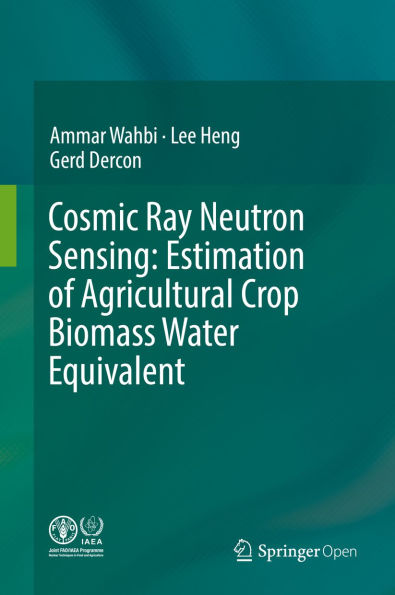This open access book provides methods for the estimation of Biomass Water Equivalent (BEW), an essential step for improving the accuracy of area-wide soil moisture by cosmic-ray neutron sensors (CRNS). Three techniques are explained in detail: (i) traditional in-situ destructive sampling, (ii) satellite based remote sensing of plant surfaces, and (iii) biomass estimation via the use of the CRNS itself. The advantages and disadvantages of each method are discussed along with step by step instructions on proper procedures and implementation.
This open access book provides methods for the estimation of Biomass Water Equivalent (BEW), an essential step for improving the accuracy of area-wide soil moisture by cosmic-ray neutron sensors (CRNS). Three techniques are explained in detail: (i) traditional in-situ destructive sampling, (ii) satellite based remote sensing of plant surfaces, and (iii) biomass estimation via the use of the CRNS itself. The advantages and disadvantages of each method are discussed along with step by step instructions on proper procedures and implementation.

Cosmic Ray Neutron Sensing: Estimation of Agricultural Crop Biomass Water Equivalent

Cosmic Ray Neutron Sensing: Estimation of Agricultural Crop Biomass Water Equivalent
eBook (1st ed. 2018)
Related collections and offers

Product Details
| ISBN-13: | 9783319695396 |
|---|---|
| Publisher: | Springer-Verlag New York, LLC |
| Publication date: | 04/05/2018 |
| Sold by: | Barnes & Noble |
| Format: | eBook |
| File size: | 911 KB |
